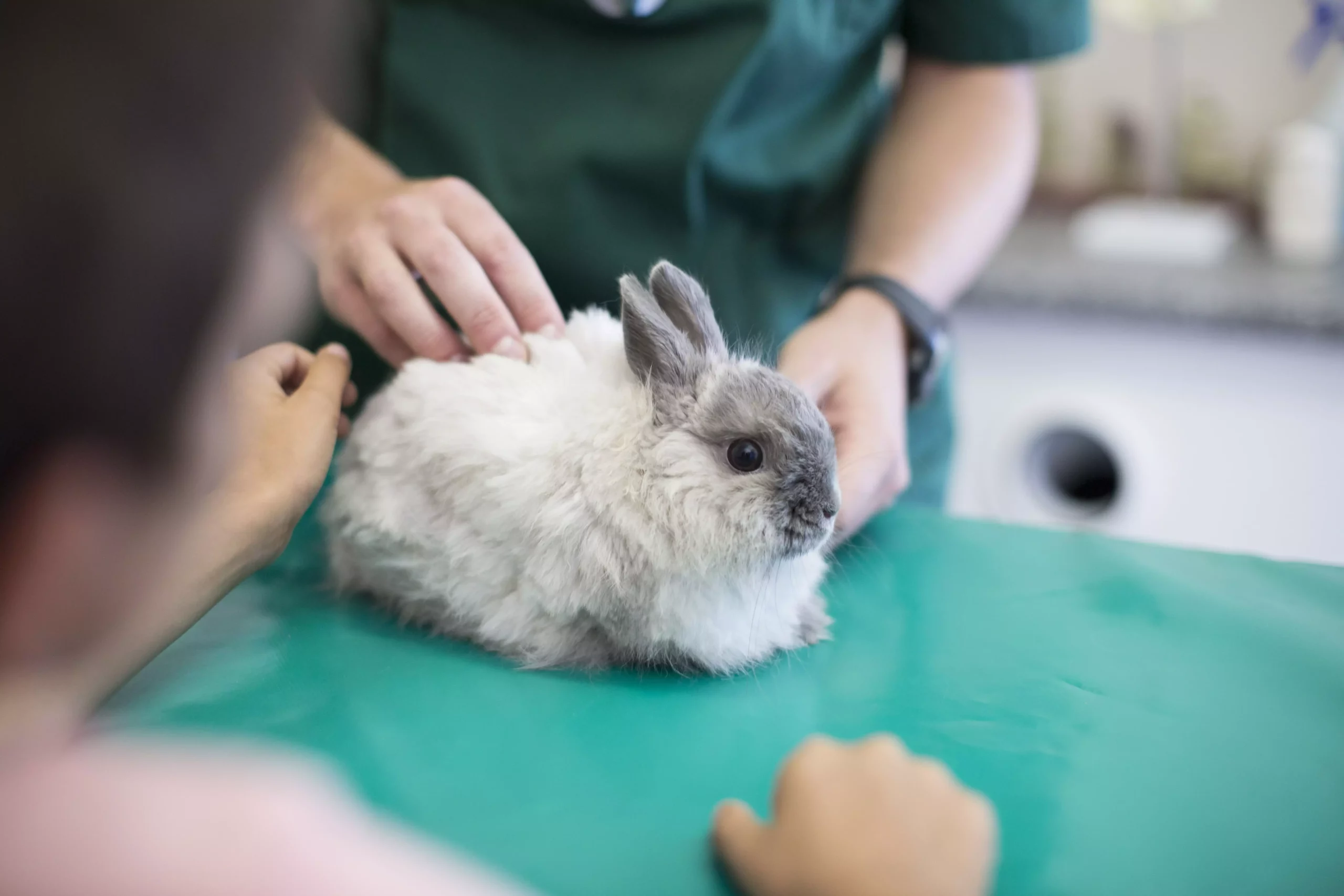Rabbits are known for their extraordinary agility and robust hind leg strength, allowing them to leap impressively into the air. However, like any living being, they can face health issues, with one of the more concerning symptoms being limping. When a rabbit suddenly exhibits signs of limping, pet owners should be alert, as several underlying factors might be at play. This exploration delves into the common causes of limping in rabbits, provides insights into the diagnostic process, and outlines treatment options.
Fractures in rabbits are often a primary cause of limping, and while they are more obvious than other issues, they demand immediate attention. A rabbit can suffer a fracture by jumping from high places, like the arms of a child who may unceremoniously drop them. These leg fractures may occur if their limbs get caught in objects around their environment, such as cage bars or poorly designed enclosure ramps. Owners need to ensure that their rabbits’ living spaces are safe and appropriately designed to minimize such accidents. If a fracture is suspected, it is imperative to consult an exotic veterinarian without delay, as prompt treatment can greatly impact recovery.
Another frequently neglected cause of limping is pododermatitis, colloquially known as “bumblefoot.” This painful foot infection results from various factors, such as obesity, unclean living conditions, unsuitably rough surfaces, or prolonged inactivity. Symptoms may manifest as swollen feet, redness, sores, or even more severe signs like scabbing or oozing. Prevention involves maintaining a clean habitat, ensuring adequate space for movement, and monitoring the weight of the rabbit. If bumblefoot is suspected, treatments often encompass antibiotics, pain relief, and changes in the rabbit’s environment to alleviate the pressure on their feet.
Despite being less frequent, tumors can be a severe concern in rabbits, causing noticeable limping due to pain. Bone cancers, though not very common, can severely affect a rabbit’s mobility. Any unusual swelling or lumps should prompt an immediate visit to a veterinarian for evaluation and potential surgical removal of the tumor if diagnosed.
In addition to tumors, rabbits are vulnerable to abscesses—pus-filled lumps that can arise in various parts of their bodies. These abscesses often interfere with normal functioning and can lead to limping if they develop on a limb. Lancing, antibiotics, and possibly further surgical intervention are typically required for treatment. Hence, routine health checks are crucial to catch these issues early on.
Older rabbits are particularly susceptible to osteoarthritis, an inflammation of the joints that can manifest as limping. Unlike general misconceptions, arthritis can affect any joint in the rabbit’s body, not just the commonly affected knees or elbows. Diagnosis often requires radiographs (X-rays) to reveal joint changes, and while arthritis cannot be cured, pain management is essential. Vets may prescribe various medications and supplements to alleviate symptoms, alongside alternative therapies like physical therapy or acupuncture.
Maintaining a suitable diet is another critical aspect, as specific supplements may enhance joint health and mitigate the progression of arthritis.
Overgrown nails are an often-overlooked cause of discomfort in rabbits, potentially leading to limping if nails become embedded in sensitive footpads or cause other injuries. Regular nail trimming is essential for preventing such issues. It is vital to provide a clean environment, as dirty conditions can heighten the risk of infections from existing nail injuries. Should an injury occur, immediate grooming, cleaning, and potentially veterinary treatment are warranted to ensure your rabbit’s safety and comfort.
Soft tissue injuries, including sprains and strains, can also cause noticeable limping in rabbits. These injuries might mimic conditions like fractures or dislocations but are typically less severe, often resolving on their own with time, rest, and anti-inflammatory medications. However, if the injury is more significant, further diagnostics may involve imaging technologies to assess for more serious underlying issues.
While a limping rabbit should never be dismissed as trivial, the causes can span from minor conditions like soft tissue injuries to serious concerns such as fractures or arthritis. Awareness of the signs, prompt veterinary intervention, and proper care can significantly enhance a rabbit’s quality of life and recovery prospects. Pet owners must be proactive and diligent in monitoring their rabbit’s health, ensuring not only their comfort but also their wellbeing for years to come.

